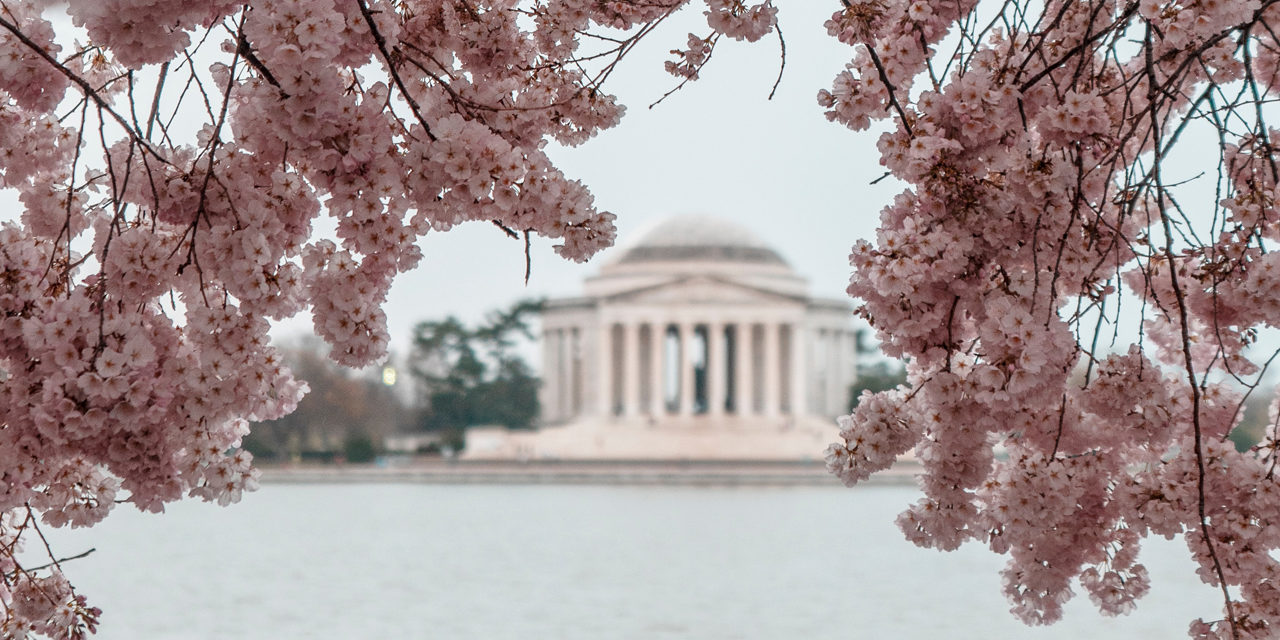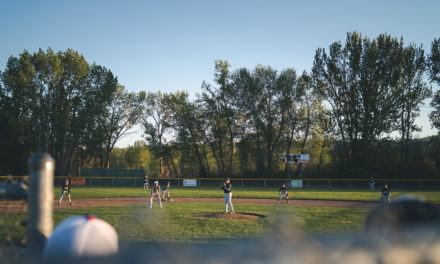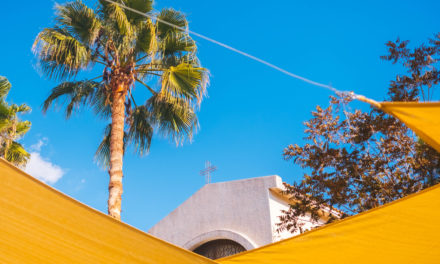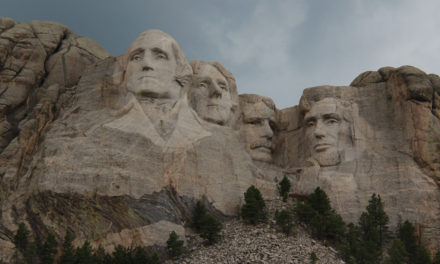Snap on the cable television; open the newspapers; click on the radio: when it comes to Washington and the information flowing from the Beltway, it is one sad song after the other.
The streets and sidewalks of our capital city, normally bustling and crackling this time of the year in anticipation of the Cherry Blossom Festival, remind the casual observer of that infamous episode of “The Twilight Zone” where a querulous Manhattanite dislikes the crowds of Times Square, the crowds of his office tower, the crowds on the sidewalks pouring into the subways, and the stuffed-to-the-gills typical elevator.
He wishes ‘they’ would all just go away. And then they do. Poof. Gone. In “The Twilight Zone,” Manhattan is drained of people like a swimming pool out of season. The silence is maddening; the streets of Gotham are transformed from organized bedlam into to a people-less concrete cavern; and the surreal nature of “The Twilight Zone” is evoked. The querulous chap closes the episode by turning slowly into the camera and throating a kind of primal scream.
The streets, sidewalks, and subways of Washington are not yet in “Zone” territory, but it can feel that way, at odd turns, now and again these days.
A normal 30 minute commute becomes 12 minutes door to door, with not a single traffic jam on the Woodrow Wilson Bridge cavalcading from the Capital Beltway; the lunchtime sidewalks on Capitol Hill contain only the now-and-again straggler or curious visitor, and not the normal Brooks Brothers-clad young swells; they’ve locked the front gates of the National Zoo up in Woodley Park as the lions roar with no one nearby to listen; and someone blew out the candles at each and every Smithsonian, dark as midnight. Closed.
In fact, the city is so (relatively) quiet that I could hear morning birdsong in the trees near the Supreme Court since the employees of that Parthenon-inspired marble edifice have closed the doors to the public and mostly gone home. This is the first Supreme Court hiatus of its kind since the Spanish Flu epidemic of 1918.
The House of Representatives has done the same; the Senate may follow suit after passing a sky-to-the-limit relief package that even economists of good-heart cannot calculate.
I was near our famed train redoubt, Union Station, a day ago, just off Columbus Circle; only an occasional cab or Uber (with no fares) were milling about, even as the Northeast-corridor Amtrak service inside has slowed to a kind of dim trickle whether from Boston, New York, Wilmington, Philadelphia or Baltimore.
The normally whip-fast direct Acela trains from the Big Apple to Washington are not planning to resume till May – yes, May! The smaller cafés and coffee houses which dot the Washington landscape like Paris—in and around the Historic District and the traditional monumental core—have mostly gone dark, abandoned of their loyal, regular customer base and oft-busy clientele
In the American experience, you have to go way back to yellow fever outbreaks and flu with European monikers to assimilate what has happened to the most powerful city in the world. A neighbor told me, “Even the alley dogs are afraid to come out.” Just so.
Yet amid the national shutdown and corona-killer that wounds our national soul and sickens and takes the very life of our fellow countrymen and women, comes—bloom by bloom—the glory and beauty of God’s gift of Spring, the coming Easter season … and a reminder of the precious and fragile nature of life renewed.
Without peer, Washington’s most beautiful time of the year – the apotheosis of flourishing, glowing sparkle – is this late-winter/early-spring/mid-Lenten flowering that transforms the grey and gloom of the mid-Atlantic middle-way into the promise of restoration, regeneration, and redemption. If we will only allow the scales to fall from our eyes and hearts, these small acts of recovery and renewal are reminders that God remakes things not when you most expect it but often when you least expect it.
G.K. Chesterton wrote: “Art is born when the temporary touches the eternal; the shock of beauty is when the irresistible force hits the immovable past.”
The majestic cherry trees appear as delicate little works of art whether they have permission from the Tidal Basin folks or not; the tulip trees framing the Rose Garden don’t pop into the Oval Office to secure a license before blooming to an indescribable pink luster; the forsythia which are the natural fireworks of coming Spring enmesh Rock Creek Park whether the rangers there give their collective thumbs-up or not; the daffodils are the perfect dance partner, peopling the most unlikely places all around the city; and the increasing morning sunrise, and moonglow at night, suggest that lengthened days refract the light in the darkness.
Amid national sorrow, hints of something better, something different, peer out to remind us that we are not our own. The natural world has a rhythm and pace of life that proceeds from the Reality of the Unseen. God has a name, and He makes all things new, even if the snow droplets of midwinter touch our national soul a few more times as if to say that immortality and the eternal define us – the timelessness of beauty and the limitless benevolence of our Creator God.
Amid thorns proceed roses.
“Bless the Lord, oh my Soul, and all that is within me; bless His holy name.”






